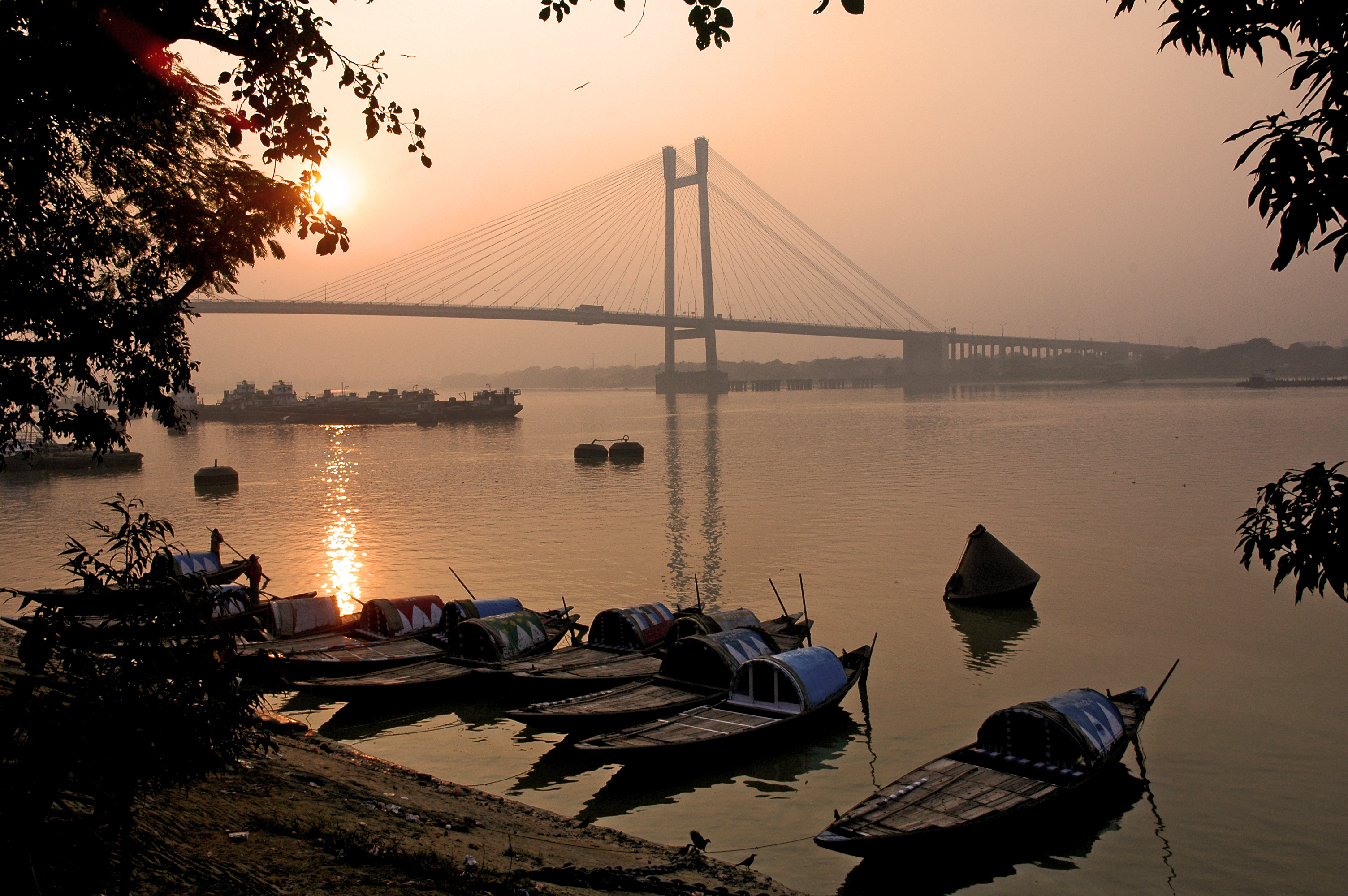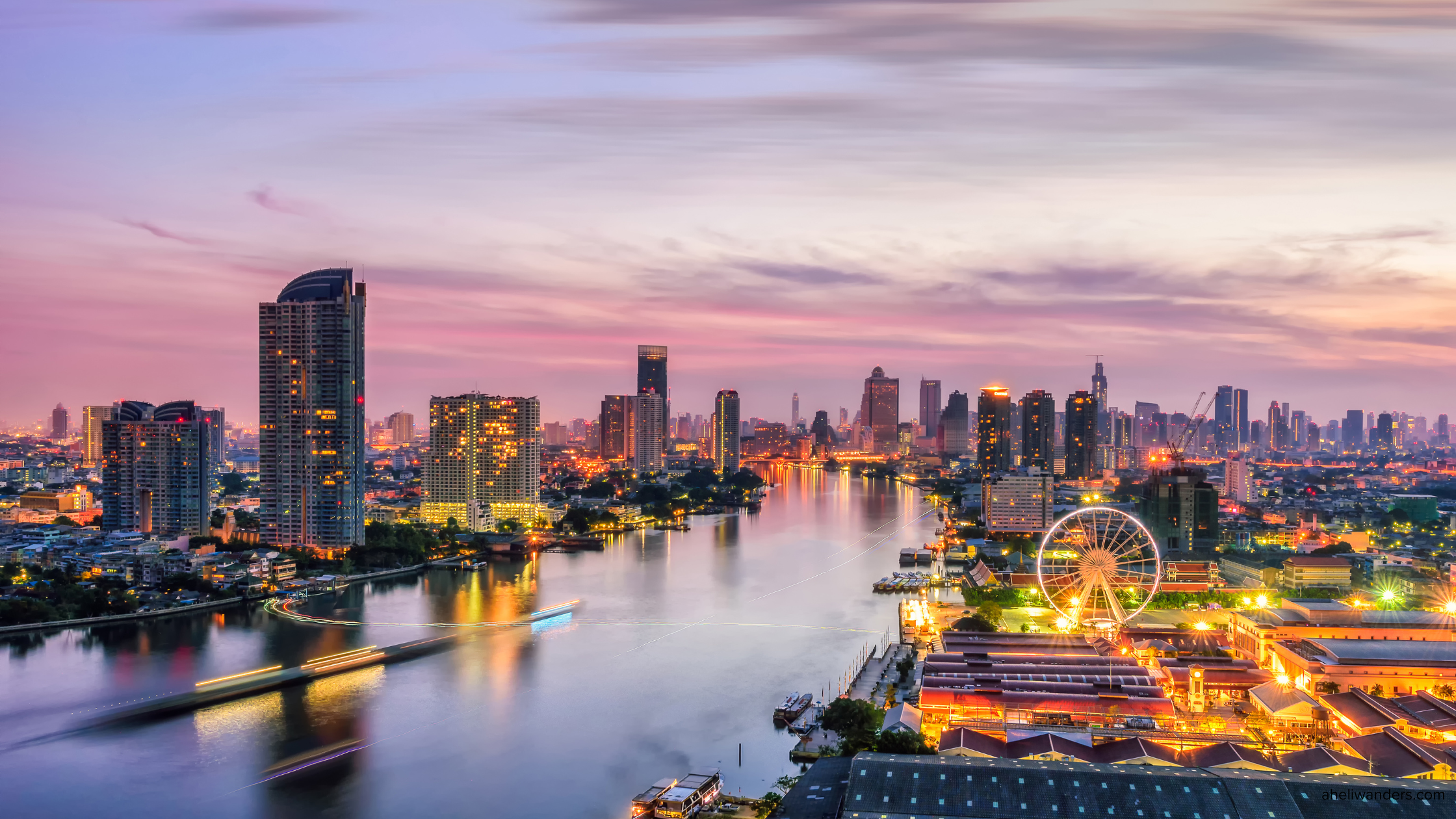
As I stepped onto the streets of Kolkata, a thrill surged through my veins, mingled with a subtle twinge of trepidation. Crossing the bustling Gariahat road, I found myself engaged in an enthralling game of human frogger. Here, at the intersection of five roads, a symphony of chaos unfolded before my eyes. Buses, auto-rickshaws, bikes, and even mischievous schoolchildren hurtled in every direction, threatening to engulf me in their frenzy.
To survive this urban labyrinth, you need to quickly learn the art of navigation. While it seems like an art form that only seasoned Kolkata residents have master, I have found the key lies in the precise timing of gear shifts—those fleeting moments when neither pedestrians nor vehicles wish to squander precious seconds by decelerating. With head held high, I merged myself into the ebb and flow of traffic, harmonizing with the rhythm of the streets.
But there is more to this dance than meets the eye. Some choose to employ the renowned “hand wag” technique, extending their right hand at hip level, silently pleading with the traffic to yield. Accompanied by the whispered mantra of “aaste, aaste,” which translates to a multitude of meanings—from “wait, wait” to “slow down” or even “kind driver, halt yourself while I gracefully stride before your moving vehicle”—these intrepid souls assert their presence with a touch of whimsy.
However, the realm of vehicular acrobatics is not confined to pedestrians alone. Oh no. Those maneuvering their cars through the divided lanes possess a refined artistry of their own. With a finesse that would impress even the most seasoned dancers, these drivers approach their desired U-turn spots with calculated precision. Each car gently nudges forward, its hood cautiously peering out, coercing the oncoming traffic closest to the railings to grant them a wider berth. And then, like a synchronized ensemble, the subsequent cars align beside the first, extending their hoods just a tad further, prompting the nearby traffic to concede an entire lane. This intricate choreography continues, forming a brigade of vehicles, united in their determination to defy the odds, much like a rugby scrum.
I must confess that the traffic in Kolkata moves at a leisurely pace—no faster than 15 km/h (10 miles per hour). Yet, it is a testament to the remarkable skills of Kolkata’s drivers and pedestrians that, against all odds, accidents remain an extraordinary rarity (or so the locals fervently believe). It is within these lively streets, where camaraderie flourishes amidst the organized chaos, that the spirit of Kolkata truly shines.
Note: The anecdotes shared herein are a celebration of the vibrant spirit and unique rhythm of Kolkata, and should be taken with a generous pinch of humor.


![Best 2 Player Games [Updated]](http://34.139.217.193/wp-content/uploads/2025/01/Board-Games.png)

Leave a Reply